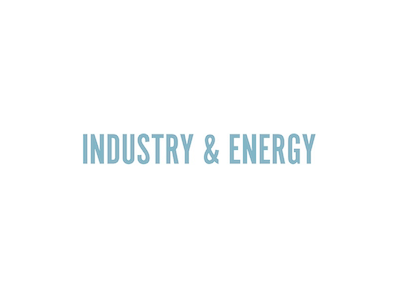Europe – WindEurope aims to promote the use of wind energy across all sectors of Europe’s economy during its 2021 annual event, “Electric City”, starting today in Copenhagen.
Renewables are now 38% of all the electricity consumed in the EU, and that’s set to keep rising rapidly. But electricity is only one quarter of the energy we consume in Europe today. The EU wants to change that. The EU Commission aims to increase the share of electricity in the energy mix to 75% by 2050: with 57% of energy consumption being powered directly by electricity; and another 18% coming from renewable hydrogen and its derivatives.
Europe is going to see a surge in electricity demand as it transitions towards climate neutrality. In the EU electricity demand will more than double from 3,000 TWh today to 6,800 TWh by 2050. And wind energy will be central to this transition. Today wind is 16% of Europe’s electricity mix. The EU want it to be 50% by 2050.
In a recent report, WindEurope showed that an energy system with a high share of renewables-based electrification will cost no more as a share of GDP than our largely fossil-based energy system costs today. And it will dramatically reduce external costs not accounted for today, notably air pollution and its effects on the environment and human health.
To electrify its energy system, the EU needs to increase its wind energy capacity to 1000 GW of onshore wind and 300 GW of offshore wind by 2050. Up from a combined total of only 180 GW today. That requires Europe to build twice as many new wind farms every year as it is building today. To deliver that it’s essential to simplify the permitting rules and procedures for new wind farms. And ensure permitting authorities are adequately staffed. Europe won’t deliver its electrification targets if it cannot improve permitting.





